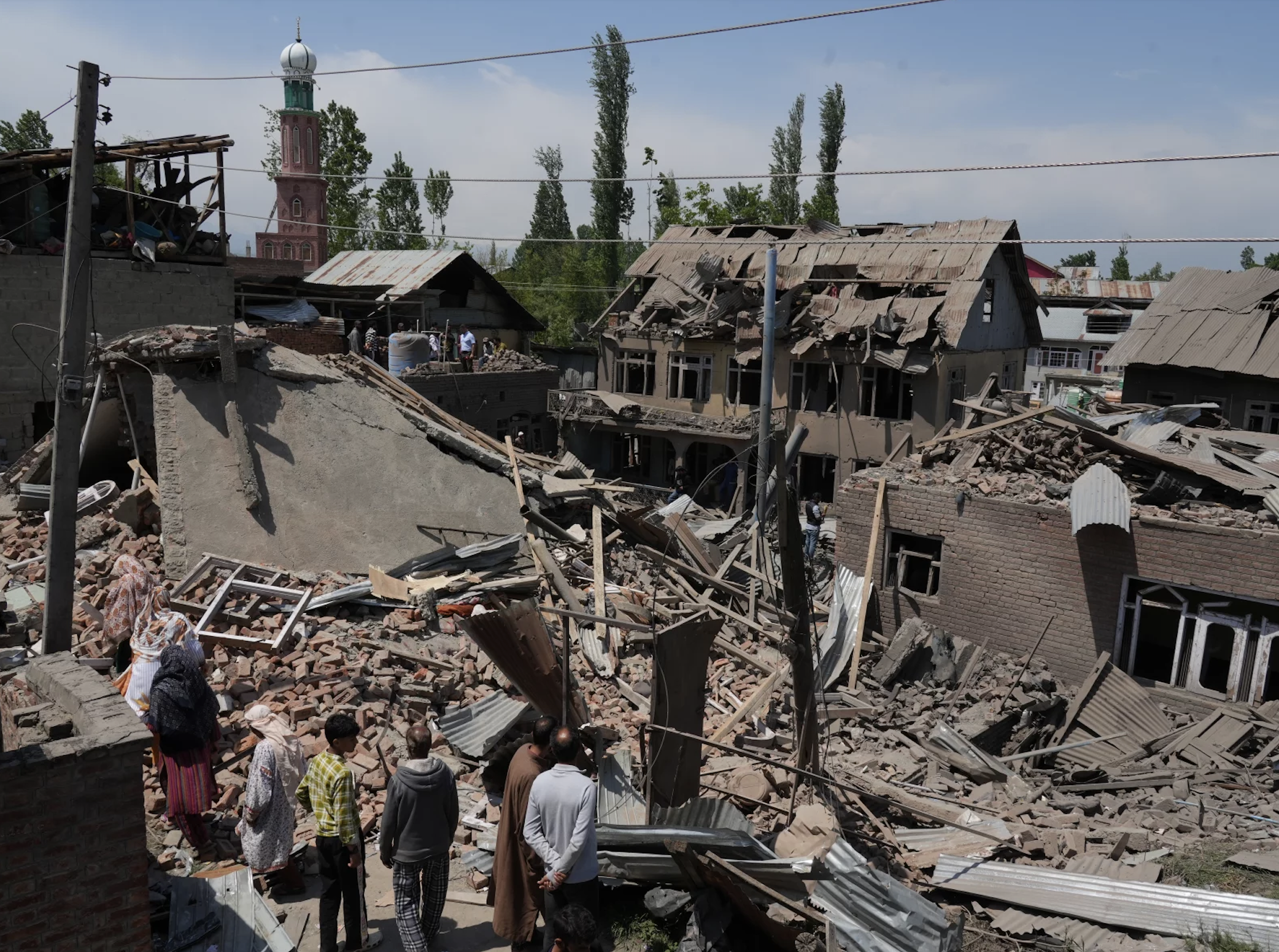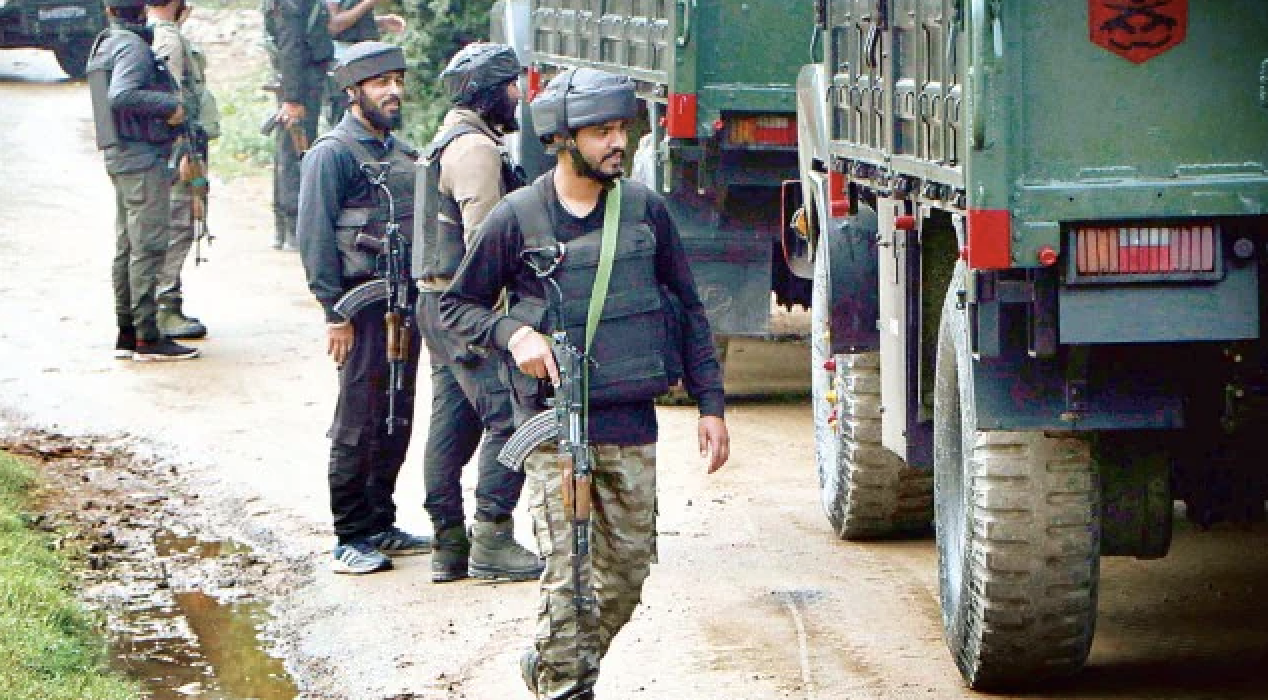BY [ Tage Lapung ]
Himanta Biswa Sarma, after taking up the reins of government in Assam, is in a hurry to become the sole face of Prime Minister Narendra Modi and the chief of the Hindutva-constructed political narrative in Northeast India. The intended consequences would be chaotic and disastrous for the hill states whose only entry and exit route is through Assam.
Seemingly, Sarma has calibrated his hegemonic tone and action in the form of the Assam cattle preservation bill and the boundary issue.
He recently claimed that Mizoram encroached on 1,800 hectares of Assam land. This statement came at a time when the media reported that the Supreme Court-constituted commission flagged in its report that Assam should hand over 30,000 sq kms of land back to Arunachal.
While Mizoram and its leaders do not scurry away from roaring statements when it is about legitimate territories, predictably, following more media reports, Arunachal Chief Minister Pema Khandu came out agreeing to settle the boundary dispute out of court. This is an astonishing and unwise path.
The Arunachal government is avoiding the realities of the decades-old boundary problem now inching closer to a solution through the courts. Avoiding the realities and clinging to new consensus outside the court on boundary disputes is a very weak explanation to the problem when the solution is marching towards a positive conclusion through the court.
The people of Arunachal have suffered enough pain and havoc from the Assam Police and Assam forest officials for over five decades. This mistake is going to prolong the suffering of the people in the boundary areas. As all hill states in the Northeast share boundary issues with Assam, leaders reliving the roaring tones on the boundary issues cannot go without intended portent consequences and biased objectives.
And third, the land jihad. The land jihad is a conspiracy theory in the Hindutva narrative, which claims that Muslims are waging a religious war on Hindus by buying real estate in Hindu-majority areas with the aim of dominating the neighbourhood and gradually executing a Hindu exodus.
Of course, this is part of an electoral agenda that was injected as the ‘must’ policy execution for the Assam BJP. The chaotic part of this agenda is that this is premised on the perception that Muslims, particularly Bangladeshi Miyas, are inhabiting the boundary areas and constituting major electoral strength against the BJP.
We would not be surprised to see another legislative framework or policy design on landholding in the immediate future from the Himanta Biswa Sarma-led government. Such a misplaced view on land will spur an interstate boundary war with all hill states and Arunachal Pradesh in such events will be hard hit as its leadership is already acting meekly.
Coming back to the cattle preservation bill, it cannot be looked at as a mere legislative encroachment on the beef menu. The bill, more than its ideological appeal for Hindutva politics, is directed to constrain the hill states’ cattle-based economy which is creating employment and job opportunities in the region other than Assam. The bill, once it becomes an act, will empower police officers with enough cruelty provisions to harass the cattle transporters of the region.
Thus, by plotting political twists through legislative frameworks, Himanta Biswa Sarma is quickly cultivating his regional ambitions for a longer tenure in power by putting all the hill states of the region in subordination.
If this ambition is not decoded, all hill states will suffer a lasting pain. That would be foolish. (The contributor is a former AAPSU president)
This story first appeared on arunachaltimes.in





